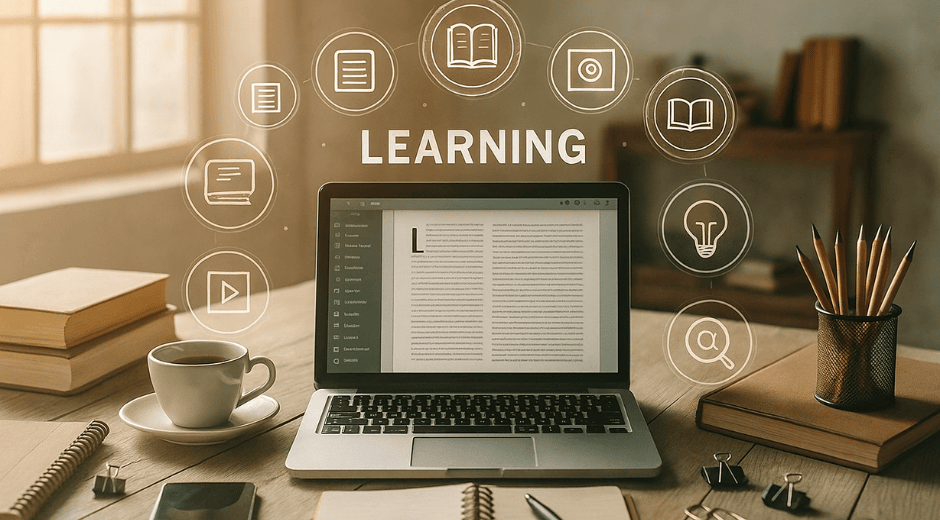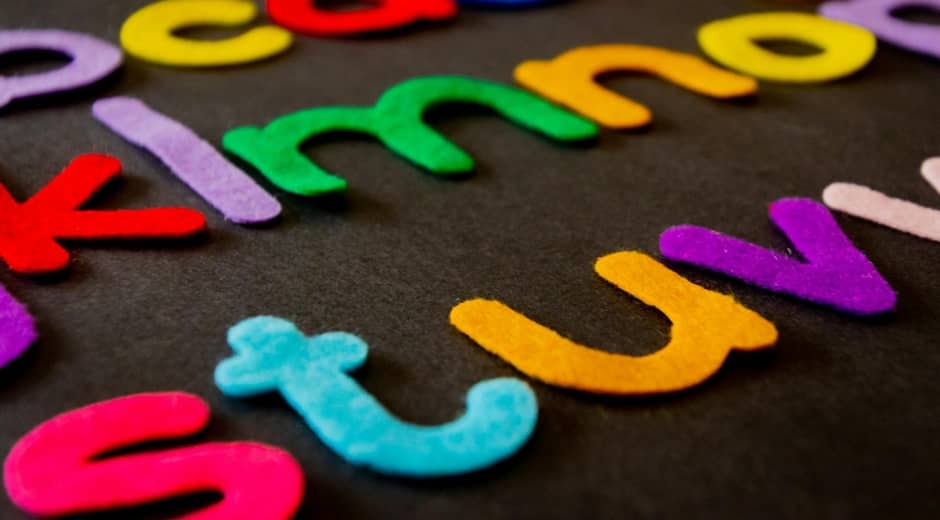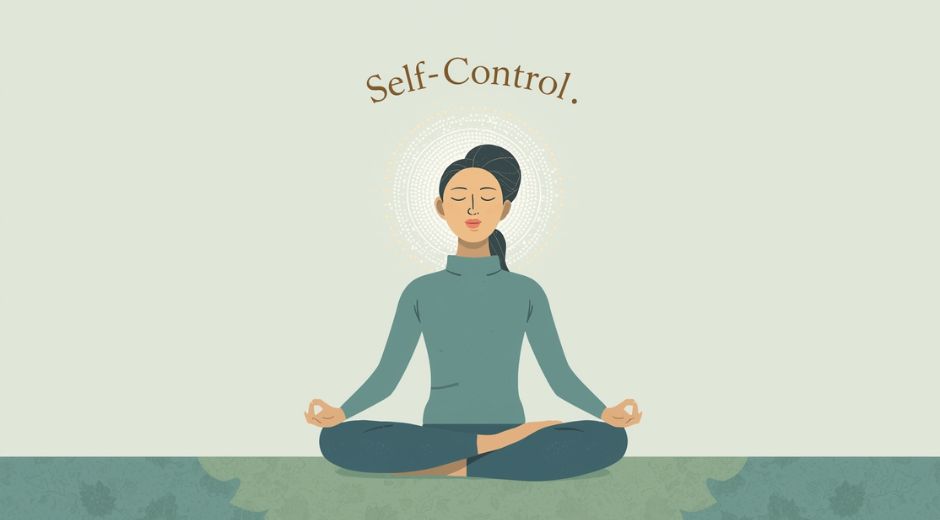The Art of Self-Directed Learning – 5 Tips
In today’s world, the ability to keep learning on your own is one of the most valuable skills you can develop. Formal education provides a foundation, but real progress comes when you take control of your own growth. This is what self-directed learning is all about—choosing what you want to learn, finding the right resources, and staying motivated without waiting for someone else to guide you.
Self-directed learning isn’t limited to students or professionals. It applies to anyone who wants to improve—whether that’s learning a new language, developing leadership skills, or mastering a hobby. By practicing the art of self-directed learning, you gain independence, confidence, and adaptability that will serve you for a lifetime.
Here are five practical tips to help you succeed with self-directed learning.
1. Define Clear Learning Goals
The first step in self-directed learning is clarity. Without a clear direction, it’s easy to lose focus or become overwhelmed. Start by asking yourself: What skill or subject do I want to learn? Why is it important for me? What will success look like?
For example, instead of saying, "I want to learn coding," set a clearer goal: "I want to learn the basics of Python within three months so I can automate simple tasks at work." A well-defined goal gives you a target to work toward and motivates you when progress feels slow.
Think of your learning goals as a roadmap—they keep you on track and remind you why you started.
2. Build a Personal Learning Plan
Once your goal is set, create a plan for how you’ll get there. A learning plan doesn’t need to be complicated, but it should give you structure and consistency. Consider these steps: break your big goal into smaller milestones, decide how much time you’ll dedicate each week, gather resources such as books, videos, podcasts, or online courses, and create a timeline to review your progress.
For example, if your goal is to improve public speaking, your plan might include: watching a course on communication, practicing short speeches twice a week, and recording yourself to review progress. Having a plan ensures that your learning doesn’t become random or scattered—it becomes a focused process with achievable steps.
3. Use the Right Tools and Resources
One of the greatest advantages of self-directed learning today is the wealth of resources available. From free tutorials to structured online courses, the options are endless. The key is choosing resources that fit your learning style and goals.
Prefer visuals? Use video platforms or interactive apps. Like structure? Take courses on platforms that provide a syllabus and assessments. Enjoy reading? Dive into books, articles, and research papers. Don’t limit yourself to one source—combine different types of learning to keep it interesting and effective.
For example, you might read a foundational book, follow a relevant online course, and then apply what you learn through small practical projects. The variety of resources keeps your learning engaging and helps you understand concepts from multiple angles.
4. Practice Discipline and Consistency
Self-directed learning requires discipline because no one is forcing you to show up. You are your own teacher, motivator, and student. That means you need habits and routines that make learning a natural part of your life.
Here are practical ways to stay consistent: schedule learning sessions like important meetings, start with short daily sessions (20–30 minutes), remove distractions by creating a focused workspace, and track progress with journals or checklists. Small, regular efforts compound into big achievements over time.
It’s better to commit to modest, daily practice than to sporadic, intensive bursts—consistency builds momentum and skill.
5. Reflect and Adapt
One of the most important, yet often overlooked, parts of self-directed learning is reflection. Take time to review what you’ve learned, what’s working, and what isn’t. Reflection helps you adapt and improve your approach.
Ask yourself questions such as: Did I reach the milestones I set? Which resources were most helpful? What challenges slowed me down, and how can I adjust? For example, you may discover that early-morning study sessions work better than late nights, or that interactive exercises help you retain information more effectively.
Self-directed learning is not about following one perfect plan—it’s about staying flexible and finding what works best for you.
Conclusion
The art of self-directed learning is about more than gaining knowledge—it’s about building independence, resilience, and curiosity that fuel growth for life. By setting clear goals, creating a plan, using the right resources, staying consistent, and reflecting along the way, you can take charge of your learning journey.
Remember: the power to grow is in your hands. The more you practice self-directed learning, the more confident and capable you become—not just in learning, but in life itself.
Education Made Simple
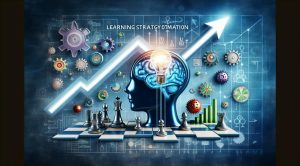
Learning Strategy Optimization Explained
Learning Strategy Optimization Explained

Skill Obsolescence Risk and How to Avoid It
Skill Obsolescence Risk and How to Avoid It
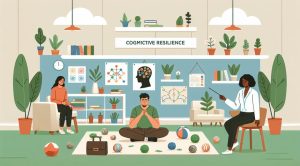
Cognitive Resilience Training Under Pressure
Cognitive Resilience Training Under Pressure

Attention Control Training for Productivity
Attention Control Training for Productivity
